Jhon E.Millais

John Everett Millais
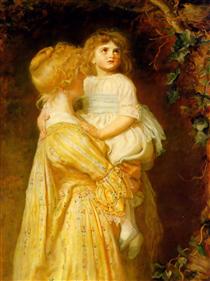
John Everett Millais
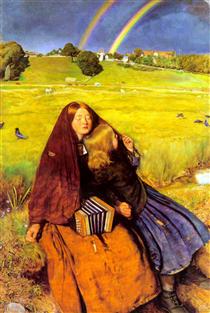
John Everett Millais
Millais actually spent most of his early childhood was spent in Jersey, to which he retained a strong devotion throughout his life. Millais was originally born in Southampton, England, in 1829, but was of a prominent Jersey-based family. Most of his early childhood was spent in Jersey and he grew up here. even at a young age he started becoming successful, because of his passionate mother, when he was eleven he became the youngest student to enter the Royal Academy Schools.

John Everett Millais
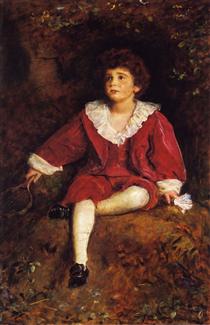
John Everett Millais
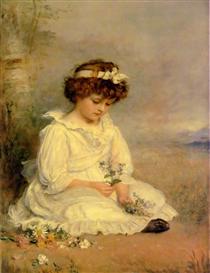
John Everett Millais
Another thing that is very important to mention is that he was a part of the Pre-Raphaelite Brotherhood (later known as the Pre-Raphaelites), this was a group of English painters, poets, and art critics, founded in 1848. The Brotherhood believed the Classical poses and elegant compositions of Raphael in particular, this had been a corrupting influence on the academic teaching of art, hence the name “Pre-Raphaelite”. The group continued to accept the concepts of history painting and mimesis, imitation of nature, as central to the purpose of art. The group sought a return to the abundant detail, intense colours and complex compositions of Quattrocento Italian art
Millais produced a picture that could serve as the embodiment of the historical and naturalist focus of the group, Ophelia, in 1851–52.
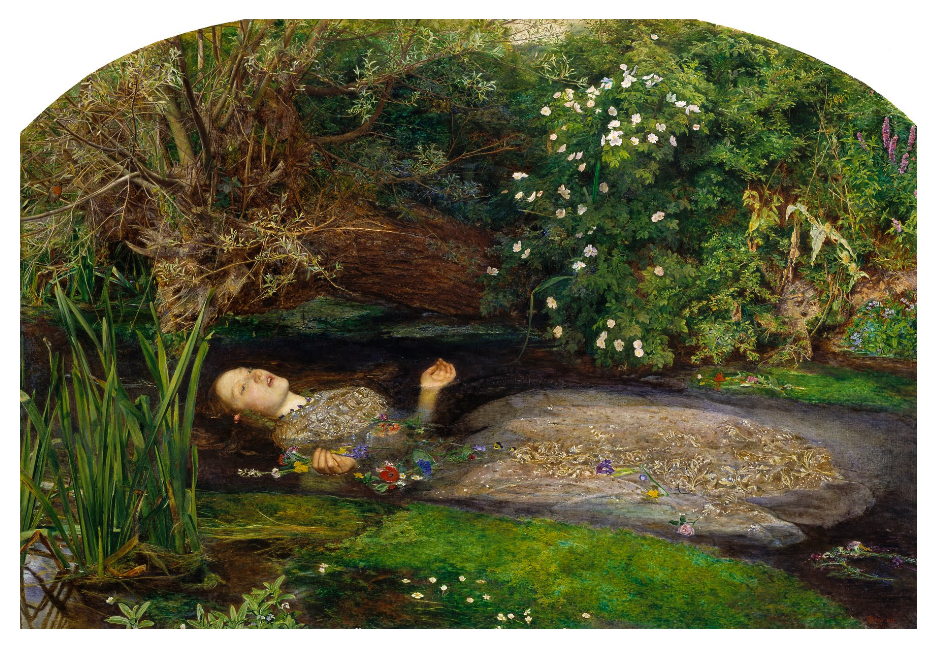
John Everett Millais Around 1851
His later works were enormously successful, making Millais one of the wealthiest artists of his day. He achieved popular success with A Huguenot (1851–52),which depicts a young couple about to be separated because of religious conflicts. He repeated this theme in many later works. All these early works were painted with great attention to detail, often concentrating on the beauty and complexity of the natural world.

1852
the image above “Mariana” presents a woman isolated in a remote farmhouse, waiting for her lover. Like other Pre-Raphaelite artists, Millais drew inspiration from earlier works of literature, particularly those with a focus on female beauty and sexual yearning.
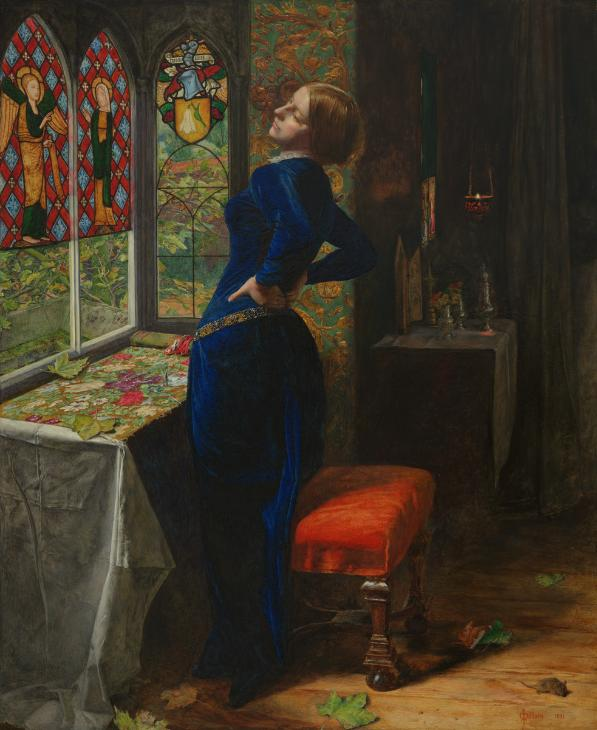
What I most like about Millais’ work is the story telling behind his paintings, every painting has a purpose and meaning, his attention to detail and cooperating it into the painting is also another reason why his work inspires me. as he draws his inspiration from literature, theatre and other forms of stories that were already published, the narrative of the painting flows without knowing the full story behind the artwork.
Although Jhon E.Millais is a painter, rather then a photographer, his painting are like photographs in the 18th century. They a closely related to performative arts, that later turned into performative photographs, they are now a modern body of work.
Another artist, photographer that follows a similar style of tableau, however showing this in a modern form through photography, is Tom Hunter.
What makes his photographs so similar to Millais’ is that Hunter explores drawing on art historical references. He reconstructs stories, memories and myths to paint a psycho-geographical landscape.



There is a huge link between the artists, regarding the fact they are 2 different body’s of art, where one is a painting and another is a photograph. Hunter draws inspiration from paintings such as Millais’ artwork, therefore this is a similarity between them. They are centuries apart, Hunter is a contemporary artist, it’s interesting how the world, especially the art world changed, when cameras were not invented yet, painting and drawing was the only picture that could be produced, and as this changed to after cameras, this realistic artist style slowly dies as there’s not a big request for paintings as such, because a camera can do just that, quicker and more efficiently. This is why I am so interested in performative photography as, regarding now, photography is usually used as documentative purposes, photography that is for artistic purposes , to me should do what artworks do , as they are a form of artworks. This is to question a persons views, opinions and existence, so that a person is moved by a picture as they are fascinated by the meaning of it. That’s why photographs that “tell a story” are so meaningful to me, they show that even though the world changes, story telling through, painting, drawing, photographs, didn’t change.
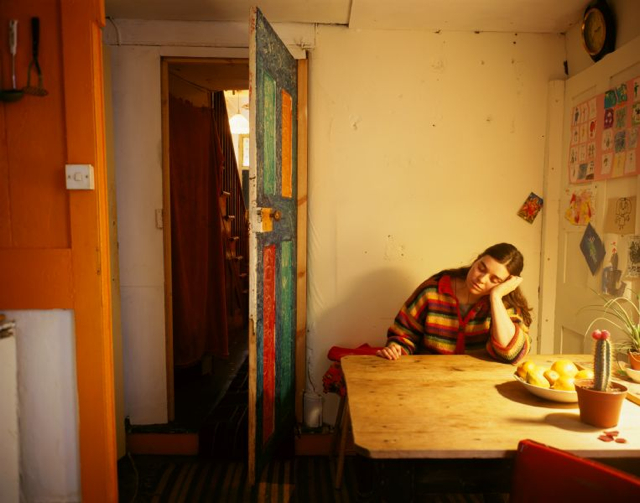

These images would spark my intention toward them, as anyone can write a story to an image, however Hunter helps the viewer to do that, the photograph is interesting as every detain in the photograph seems important.
